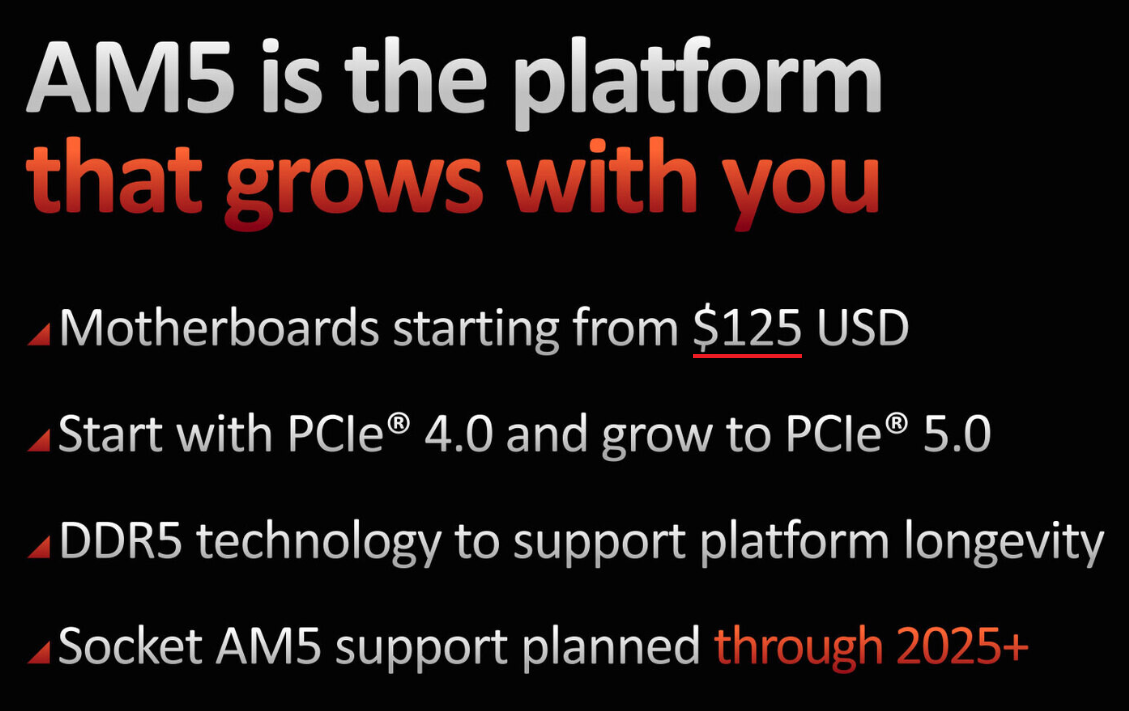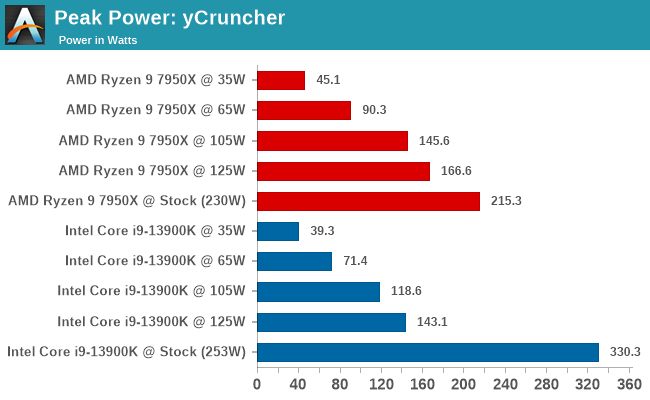-Fran-
Glorious
Funny you mention that, because I would have done exactly that: If Intel would've made an 8-core LGA1155 that was a drop-in replacement for Sandy/Ivy, I would have just swapped the CPU and saved a ton of money. If you think about it, in terms of power usage, even at 14nm, Intel could've made an 8-core that fits the power delivery of LGA1155.So what exactly is it that you agree with?!
If intel brought out a 2022 CPU compatible with the sandy bridge socket you would keep the mobo you have now and put a new cpu in it?
Even if it would only use 4 cores and only up to 4Ghz or so?!
You are agreeing with planeinthesky here, saying that you build a system and that's it until you worked it to the ground and then you go for a new system.
Plus, I'm not actually in need of any of the new inter-connectivity stuff and PCIe3 (edit: Z boards only had PCIe2.0) and DDR3 was just good enough in terms of bandwidth and latency. I'm using PCIe3 still and with a Vega64, so this GPU would still be working perfectly well with Sandy/Ivy's platform. Hell, the motherboard even had USB3, so there wasn't even a problem with connectivity. If I wanted more, I had the option via PCIe card expansions for USB-C or NVMe if needed. Maybe native NVMe would be the only thing I'd miss, since those boards only had sATA and IDE. NVMe caught on later, but I can still get them as PCIe adapters.
Regards.





